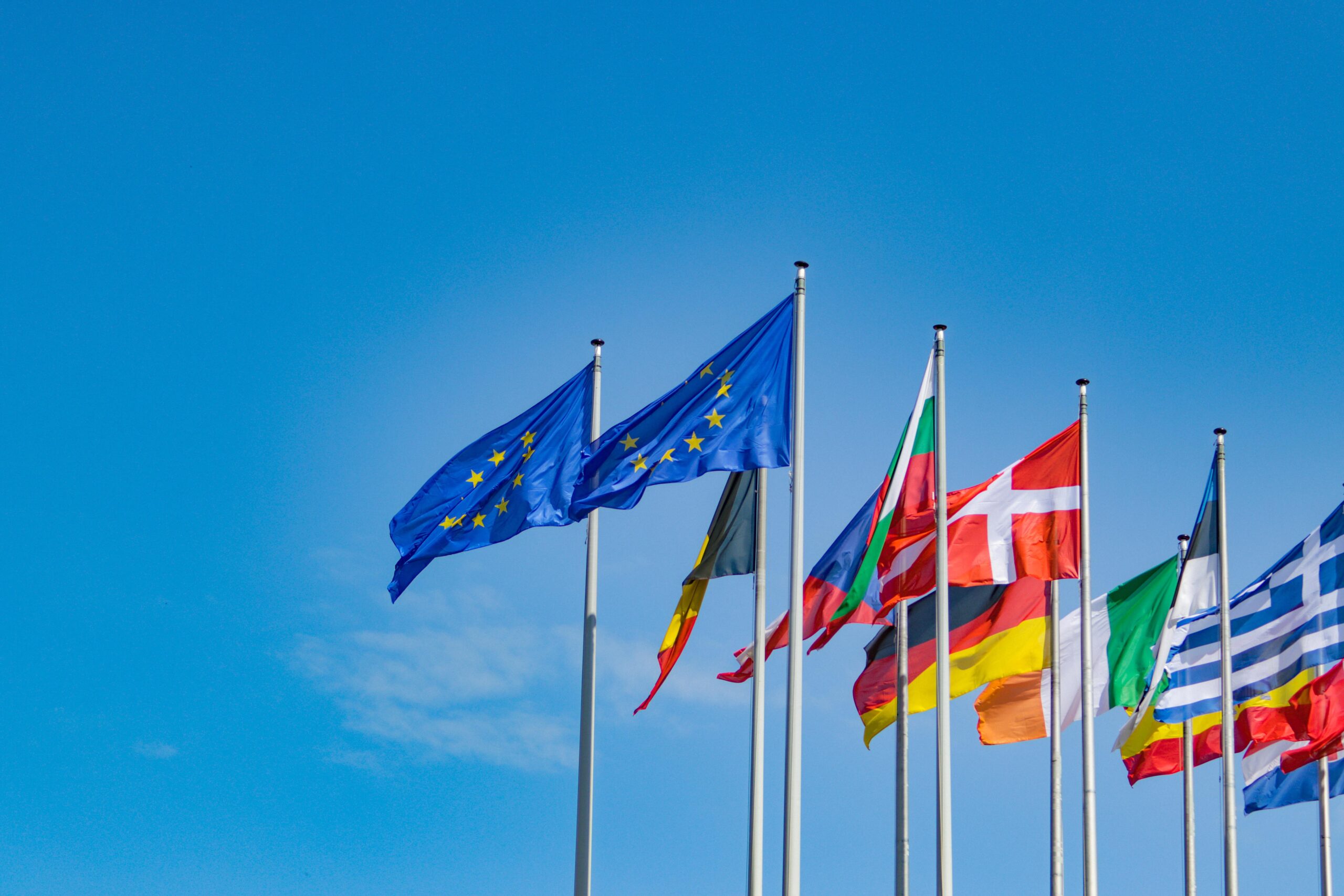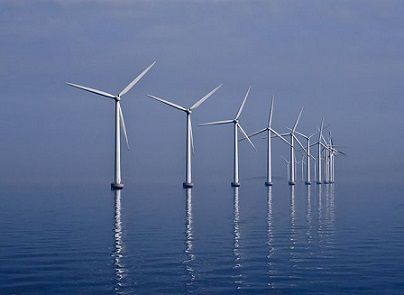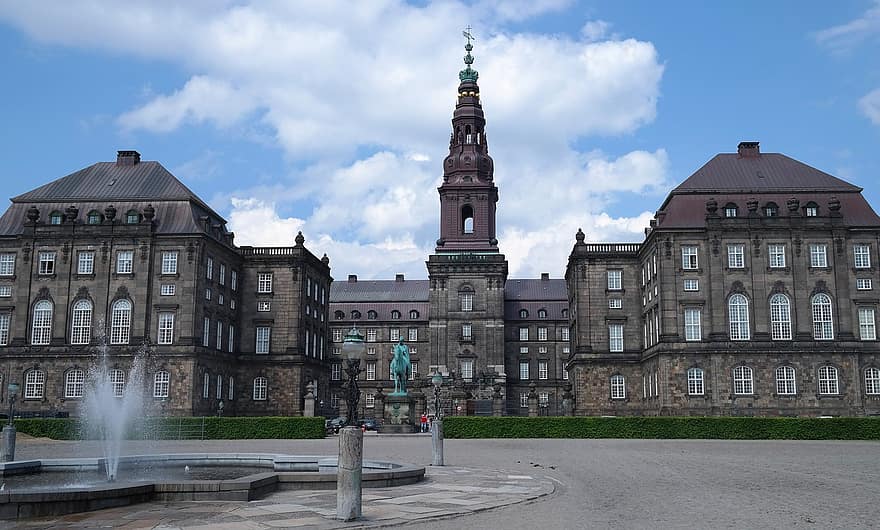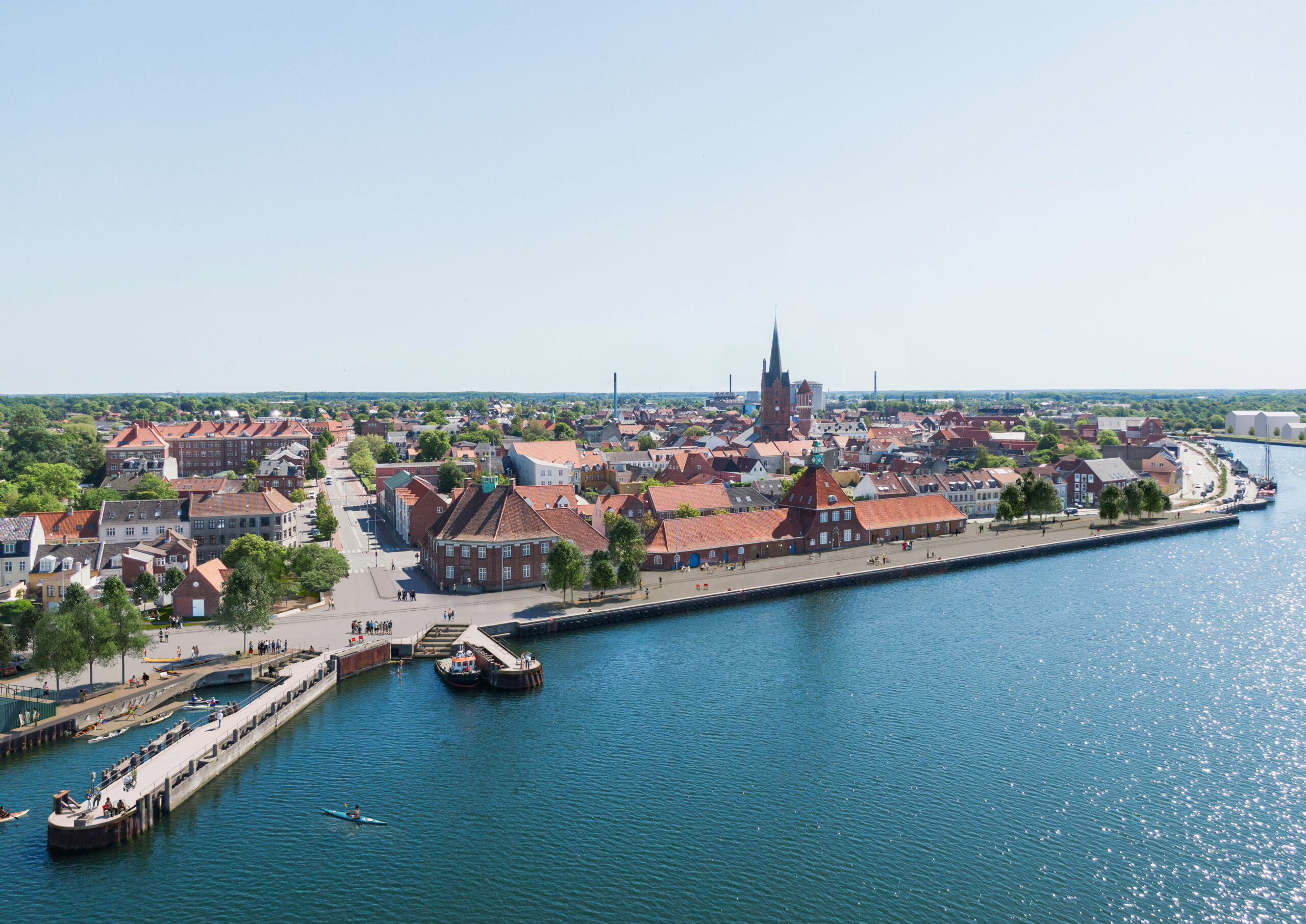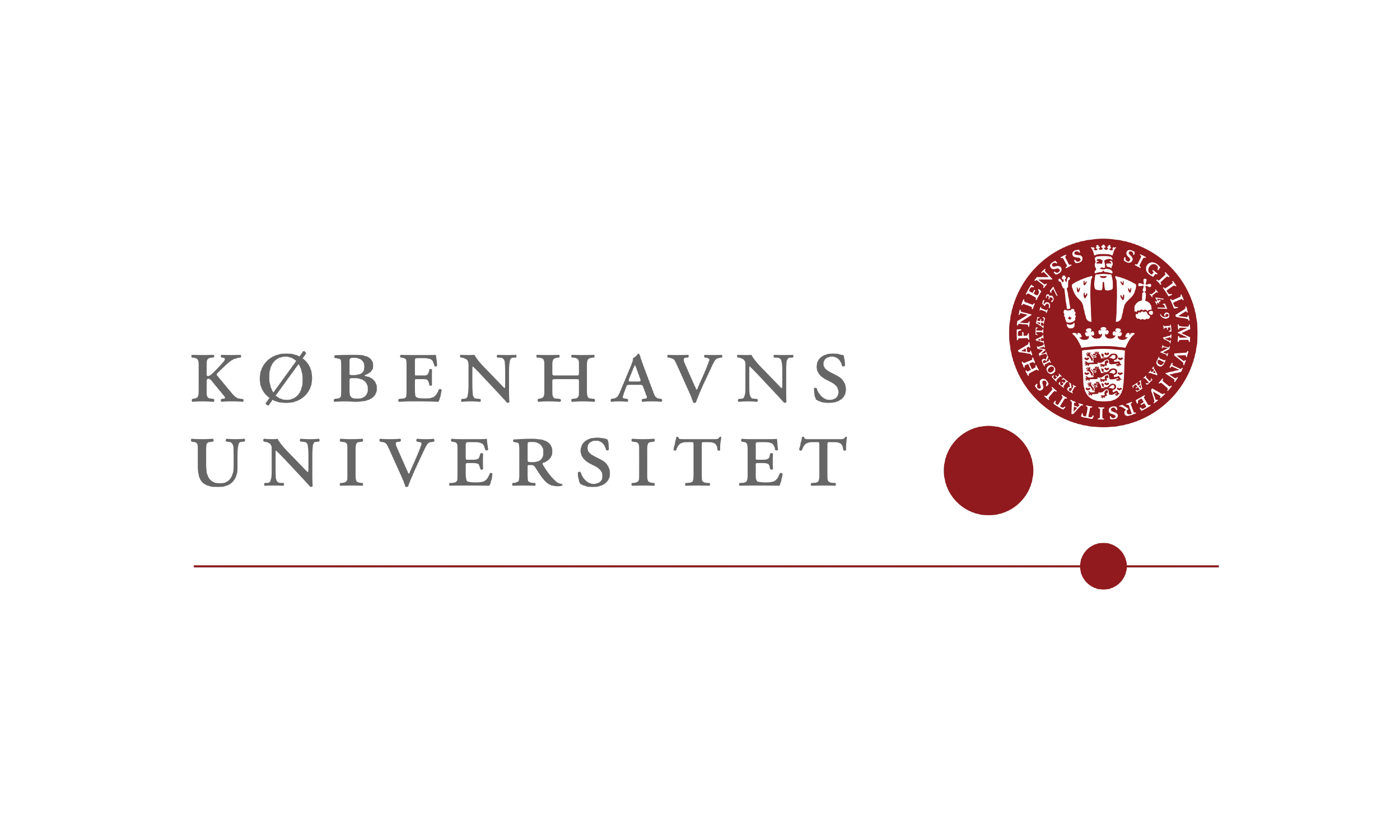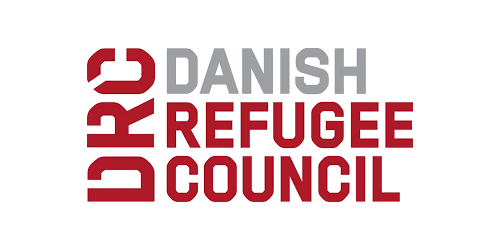Denmark’s mink farming industry may be exempt from EU invasive species lists, but the little mammal is here to stay whatever Brussels may decide in future.
Escapees from mink farms in Denmark have bred in the wild and established themselves in the Danish nature to the point of no return, according to experts.
“The mink has spread to most of the country and is breeding, so we won’t be rid of them again,” Tommy Asferg, a senior researcher from the Institute of Bioscience at Aarhus University, said according to tv2.dk. “It would take immense resources.”
The EU wanted to put the North American mink on the list of invasive species types to be banned in Europe, but a loophole meant that the little weasel-looking mammal was struck off the list, much to the relief of the Danish mink-farming industry, which last year alone earned 13 billion kroner.
READ MORE: Raccoon dog is public enemy number one
Trapping to cull numbers
But Asferg said that the mink could become a massive nuisance in Danish nature – particularly in areas where there are no other predators, such as on islands or in bird preserves.
The authorities have also realised the need for action and have pinpointed 20 areas where the mink does the most damage.
“Over 100 volunteers, especially hunters, are involved in monitoring mink traps in the focus areas,” Thomas Borup Svendsen, a forest manager for the nature authorities, Naturstyrelsen, said. “There are sms-traps, which send a text message when a mink is trapped, and fatal spring traps, which are only used on floating water platforms.”
The placement of the spring traps over water is designed to prevent protected animals like stoats, pine martens and polecats from being killed instead of the water-loving mink.

